One episode was provided prior to broadcast.
Noah Hawley is a genius. With two seasons of Fargo under his belt — not to mention the just-finished, all-awesome Legion — the showrunner is one of the few currently working in TV whose style and tone feels unique, refreshing, and incredibly artful when compared to his peers. His shows have a penchant for the bizarre and plots that unfold in unorthodox ways, leading to arcs that don’t just sit there and tell you everything. They dare you; they test you; they oppose you more than some might enjoy; they challenge you.
That challenge returns with a cold snap in Fargo‘s third season. The show, which feels even more disconnected than ever from the previous seasons and original Coen Brothers film, is a minor miracle in tension building and storytelling. Or so it has been for nearly three years; with only the premiere sent out for review, the long haul of Hawley’s vision for his third True Story is impossible to rightfully judge. But I can say with full honesty that I enjoyed season 1, and I gave season 2 a perfect score a year and a half ago. In terms of satisfying payoffs, I think any Fargo fan will find this particular hiatus well worth the wait.
The story this time around focuses on a minor squabble between two brothers, one named Ray Stussy and one named Emmit Stussy (both played with vigor by Ewan McGregor). The center of their rift stems from the rightful ownership of a seemingly precious stamp — a stamp that Emmit has framed in his posh McMasion and that Ray believes is his, wanting it returned to him as a way to afford an engagement ring for his fiancé Nikki (Mary Elizabeth Winstead).
If postage stamp-centered shenanigans weren’t enough, the premiere leans heavily on the theme of twins, with a case of mistaken identity that ultimately results in a string of coincidences and bludgeonings (it is Fargo). That’s where local police chief Gloria Burgle (Carrie Coon) picks up the mantle previously left by the Solverson family in past seasons, intent on uncovering how the crime wave got into her small town and what in heck it might have to do with her son’s grandpa Earl (Daryl Shuttleworth).
Hawley wrote and directed the premiere and it’s infused with a cool, serene confidence that juxtaposes phenomenally well with the inherent quirk factor of the Fargo shared universe (what a time we live in). Offbeat musical queues chime in at unexpected moments, highlighting a creepy crime scene at a remote farm house with due tension, while also cutting off curiously humorous moments — the high-stakes Wildcat Regional Bridge Tournament — out of nowhere.
Fargo works for many reasons, one of which is that you never quite know what scene is coming next: silly? sad? off-putting? horrific? gut-busting? That last one could go quite literally either way for this show, and it makes for visceral viewing. Season 3 scales down a bit from the sprawling world of criminal families and UFOs, but Hawley never loses the heart of what makes Fargo click: a normal person makes a terrible mistake, and undoes a lynchpin of civility and order that was otherwise keeping a sleepy town back from the brink of chaos. The plot isn’t as dense or layered as previous seasons (yet), but Hawley’s unique touch shows up in just the right amount of places to compel, particularly in a disjointed, Tarantino-esque opening scene.
So while season 3 is a bit more personal (a sibling rivalry versus a criminal underworld), it is no less engaging. That’s because Hawley has gathered yet another group of fantastic actors, perhaps the best yet in Fargo‘s run, to embody his absurd little world. In the central roles, McGregor is as seamless a visual effect as he needed to be, both when he’s on screen with himself and when he’s not, affecting great chemistry with business partner Sy (Michael Stuhlbarg) and V.M. Vargas (David Thewlis), a mysterious investor who brings trouble to Emmit’s real estate empire.
McGregor’s other persona, Ray, spends most of his time with Winstead’s brash, bubblegum-popping parolee Nikki, and Winstead is (unsurprisingly) fantastic. She’s Ray’s source of motivation, but she also begins to taint him in believably mischievous ways; as someone who has played hero roles more recently, it’s a thrill to see Winstead play a character with some increasingly questionable morals. Carrie Coon, meanwhile, is engaging as ever in the lead role, dotting Gloria’s personality with a restrained goofiness that instantly endears, but she doesn’t have much to do in the premiere. In an even smaller role, Scoot McNairy momentarily steals the episode out from under the big names, making his presence in the tundra of Fargo feel as memorable as it was inevitable.
If the season 3 premiere falls short of previous years, it’s in developing a more all-encompassing threat ahead of the crime that will (presumably) permeate the remaining nine episodes. The murders at the Nygaard house in season 1 and the Waffle Hut massacre in season 2 (both of which occurred in the first episode of their respective seasons) are more satisfying openers than what begets the poor folks in and around Eden Valley, Minnesota in season 3. The shock is still there, and the twisty plot that untangles and leads to the first actor getting bumped off is as satisfying to follow as ever, but as of yet the new season lacks a convincing menace that did well to underscore — and celebrate — the show’s bizarre humor in previous installments.
That’s not to say that it doesn’t feel like bad things are coming, because they are, as sure as every episode opens with that classic “This is a true story…” title card. The chaos is inevitable, the unpredictability a certainty, but it’s Hawley’s graceful execution of colorful characters — both good and bad and a bit of gray — who are wracked by disastrous events that enthralls. Who will survive? Who deserves to survive? Are bad decisions irredeemable? As Gloria ponders to her son in the premiere, “I think deep down we’ve all of us got something positive inside, don’t you think?”
Unfortunately for Gloria, she’s got it the wrong way around: the people encroaching on her small town are friendly faces and good ol’ boys with negative thoughts burning holes in their otherwise squeaky clean nature. The way the same thoughts convinced Lester to murder his wife in season one, or allowed Peggy to bring home Rye on the hood of her car in season 2. That’s the cathartic kick of Fargo, and although the 65-minute season 3 premiere might lack the show’s scarier elements, it’s a heckuva good time being back in Hawley’s snow-blasted, cheery hellscape all the same.


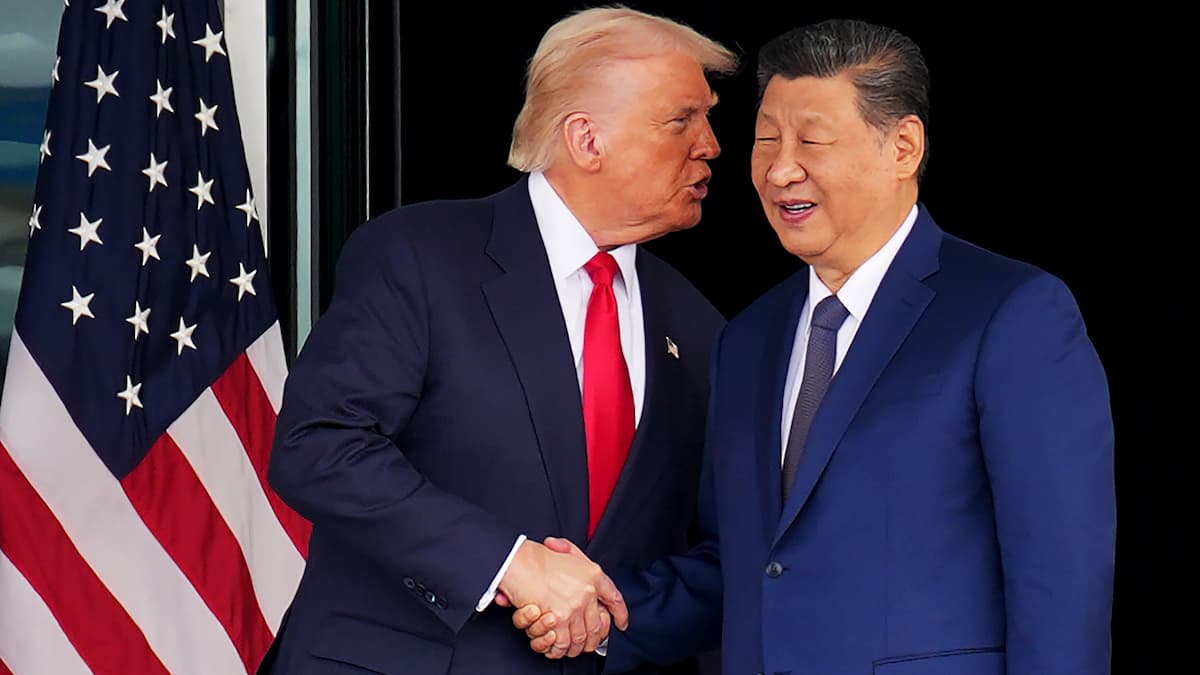
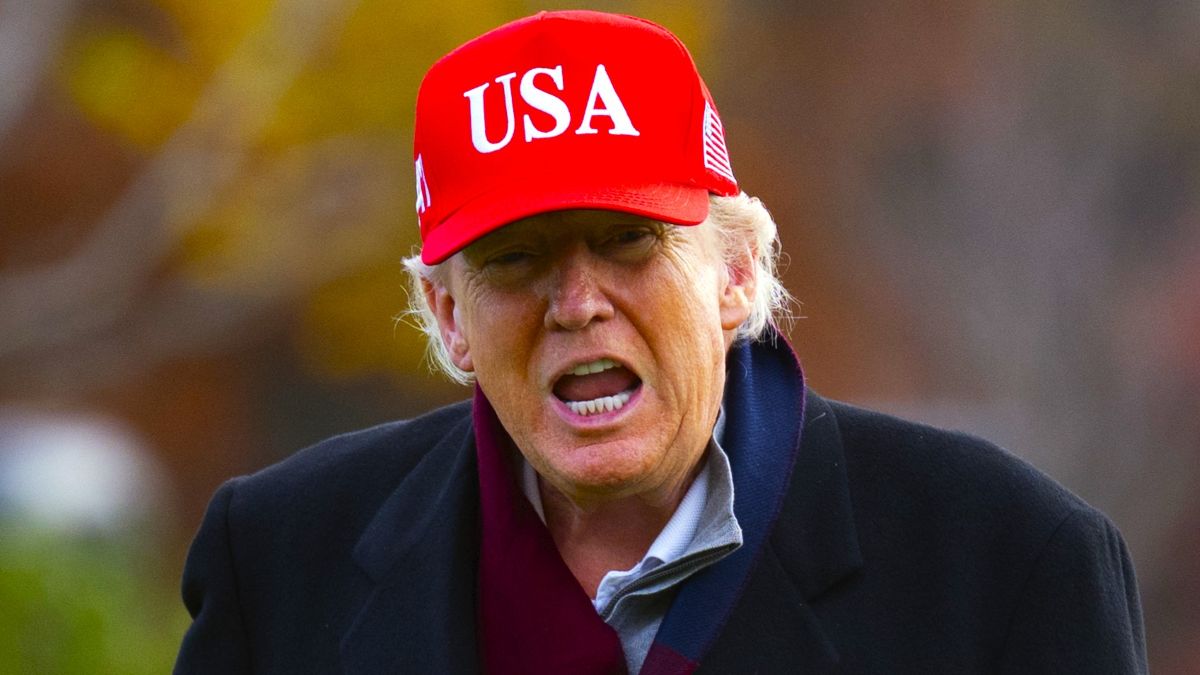
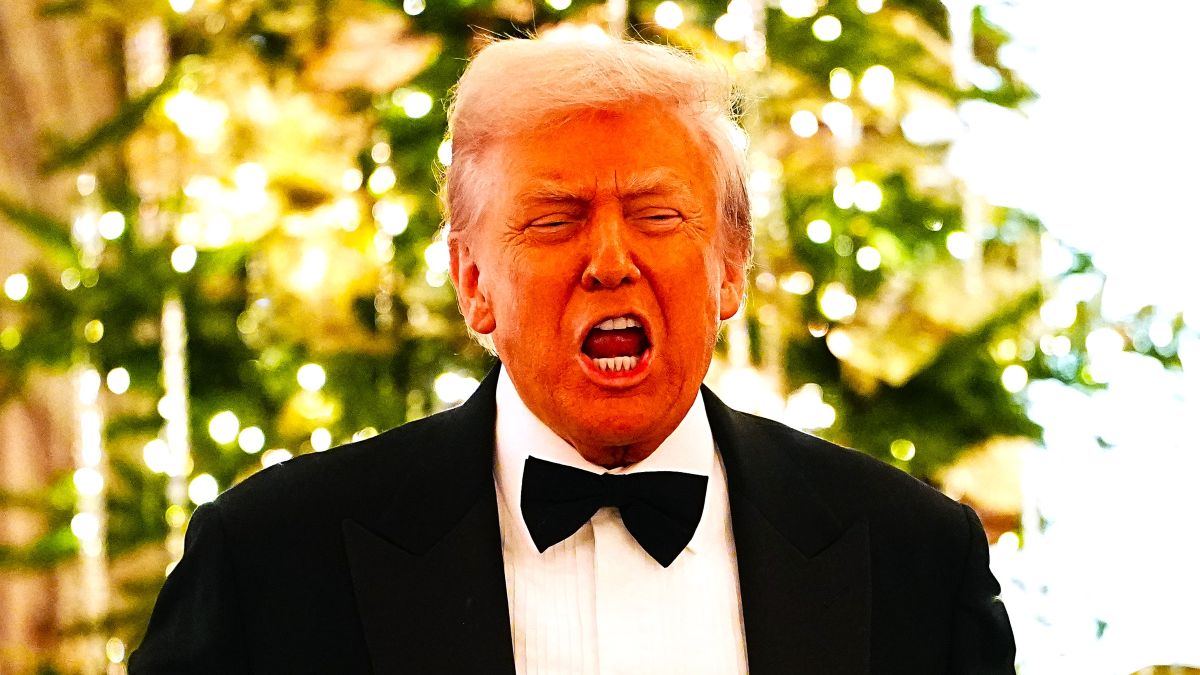
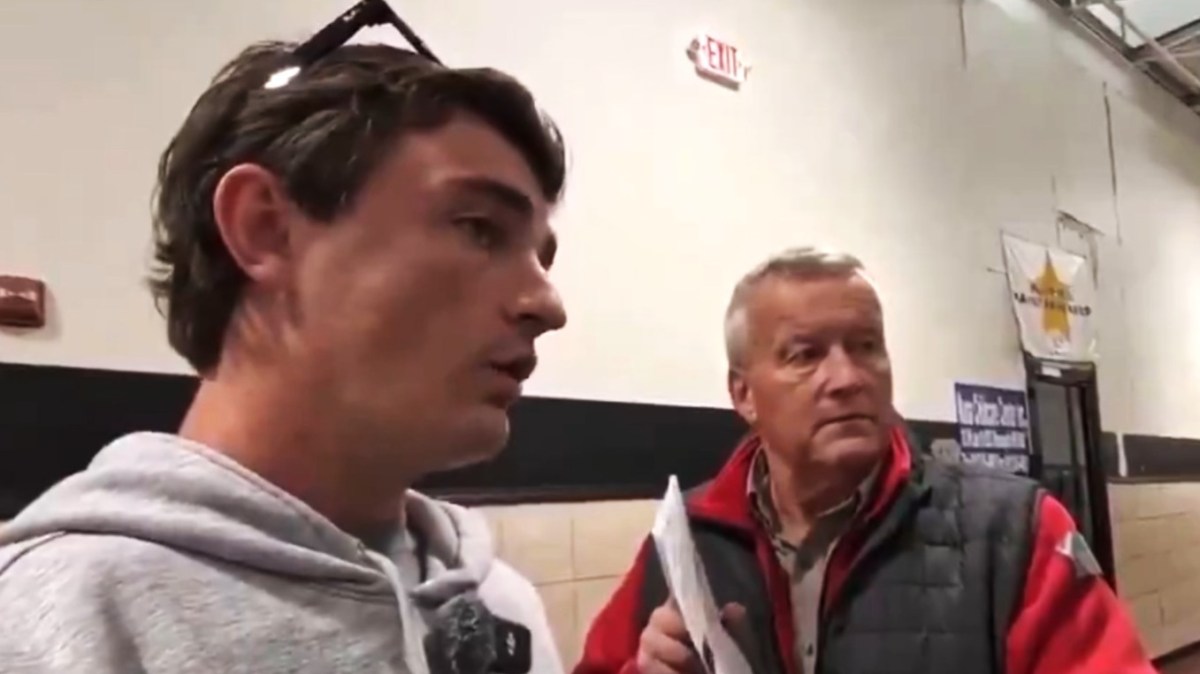
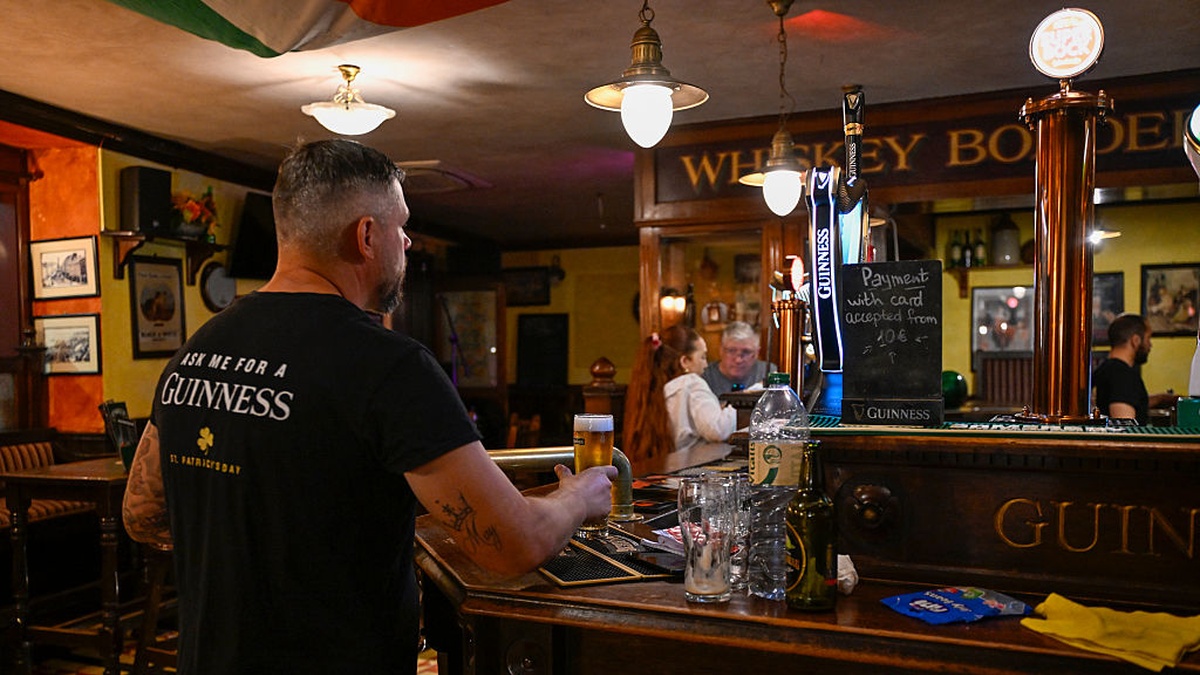
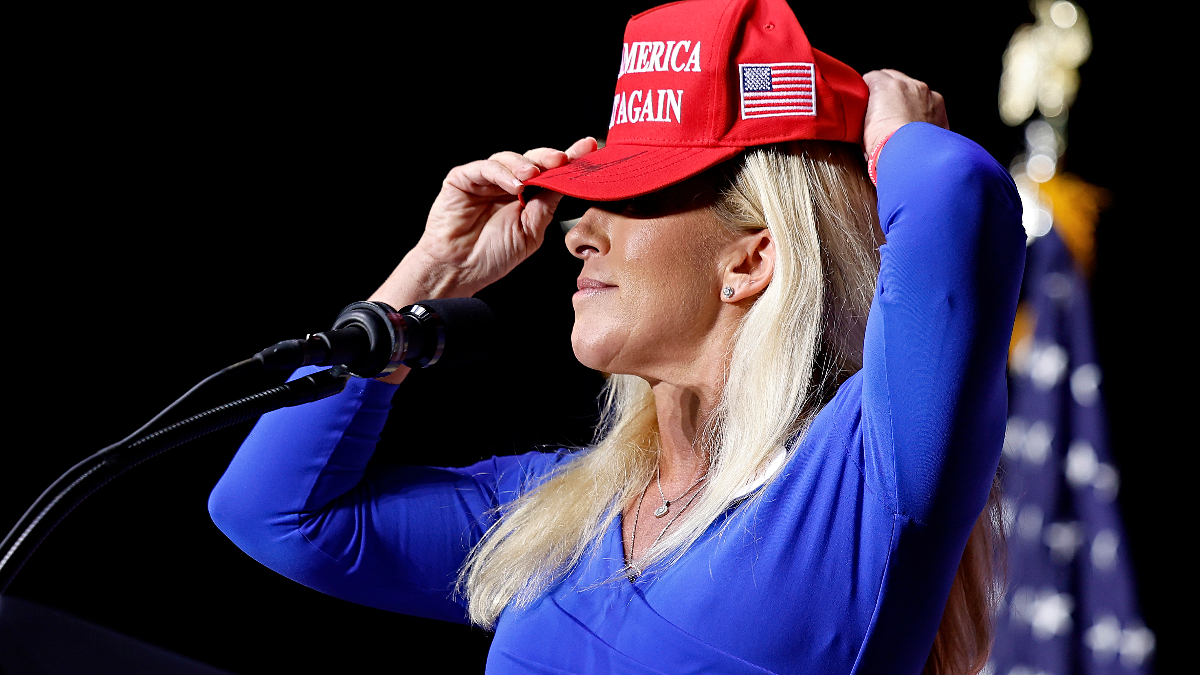


Published: Apr 3, 2017 05:17 pm